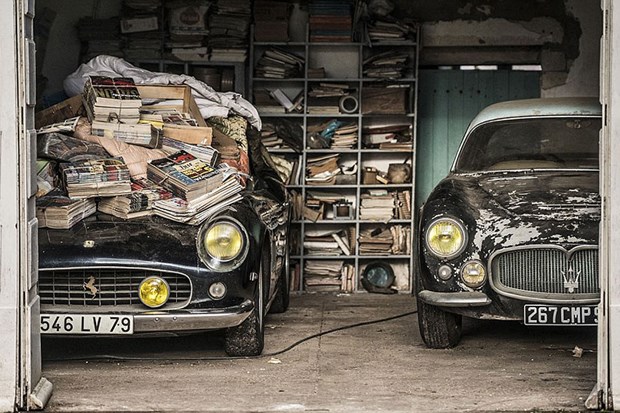Whatever vehicle (utility vehicle, motorhome, tourism or old car, etc.) that you drive, the correct tire pressure is that recommended by the vehicle manufacturer

Advantages and benefits of good pressure
Keep in mind that good pressure improves driving comfort, provides maximum performance in terms of handling, fuel consumption, safety, braking, road grip and charge. Good pressure also means “eco-responsible” driving, even when driving your old car. To measure the inflation level with the best accuracy, the use of gadgets can be useful, like the automatic tire pressure controller (TPMS), which can be found (just like tires) on sites such as 123pneus.fr and many others.
Pressure measurement
The correct tire pressure depends on several factors: tire temperature, outside temperature and, possibly, the route you plan to travel. It is a good idea to check the pressure every time you go to the gas pump to add fuel or at least once a month, because the tires constantly lose a little bit of pressure. Don't settle for an estimate to the eye. And during the process, do not forget to check the spare tire from time to time.
Usually, the measurement is made cold (the vehicle has not driven for at least 2 hours). If the tire is hot, the tire should be overinflated by 0.3 bar compared to the pressure indicated by the manufacturer. The same is true if we plan to make a long journey by highway. In winter, 0.2 bar should be added. The manufacturer always specifies two pressures: front and rear tires, fully loaded vehicle and normally loaded vehicle. Finally, after checking the pressure, do not forget to replace the valve cap in its place to keep the valve clean.

Under-inflated and over-inflated tires
The safety of the vehicle is affected by under-inflated tires. Indeed, the road holding of the vehicle when cornering becomes less precise. Especially that the beautiful "old" has (practically) no technology to inform you. The phenomenon of aquaplaning can occur easily and the braking distances are greater. On the other hand, we should expect more fuel consumption. Above 0.5 bar of under-inflation, the tire wears faster (wear on the sides) and above all, the tire overheats which can cause it to burst at high speed.
With an overinflated tire, it’s the central part that wears out quickly. As with an under-inflated tire, handling is affected because the surface in contact with the ground is reduced (less grip). There is also premature wear of the steering and suspension parts. On the other hand, you must absolutely avoid deflating an over-inflated tire.
Drive carefully!








